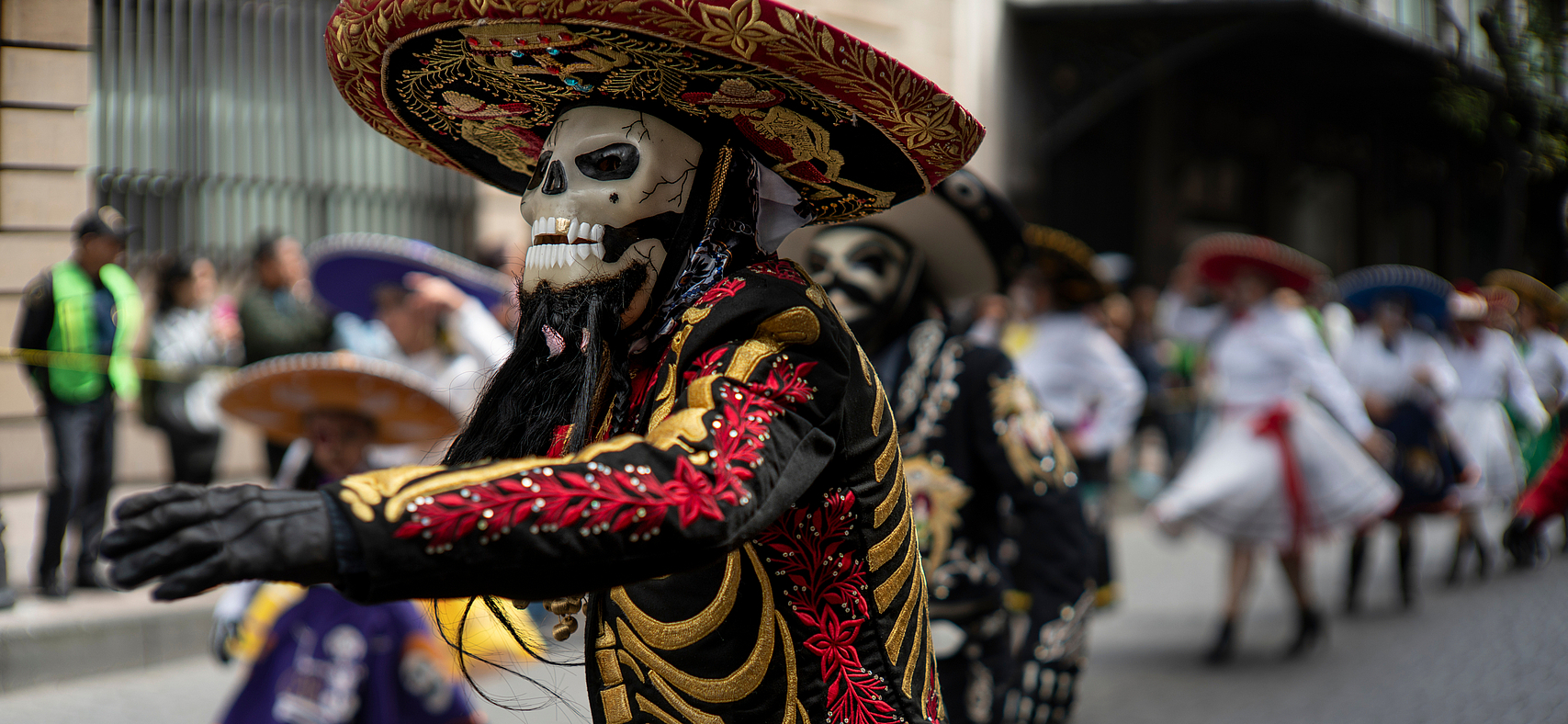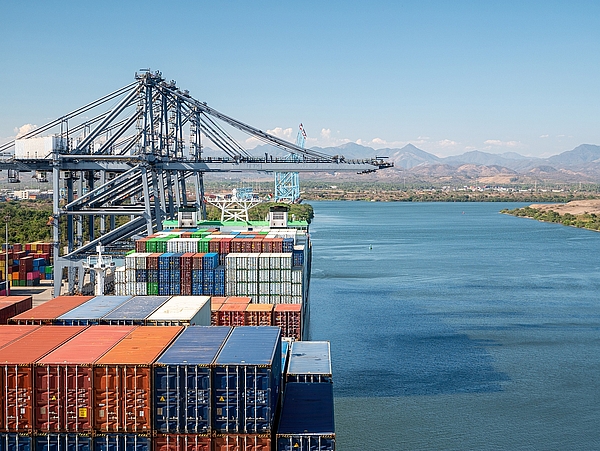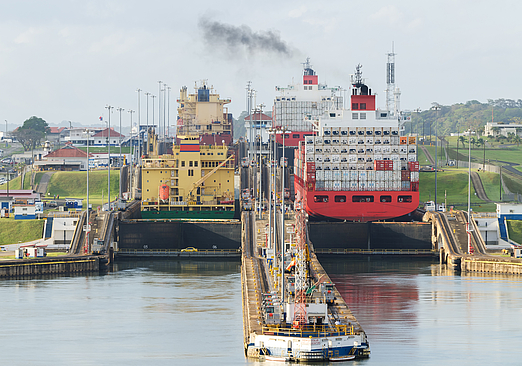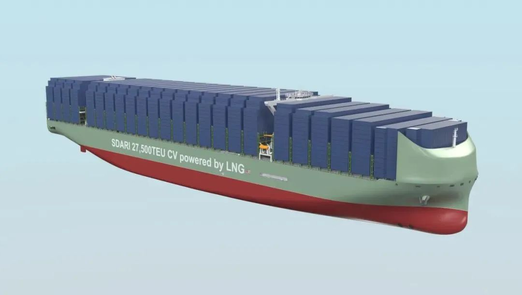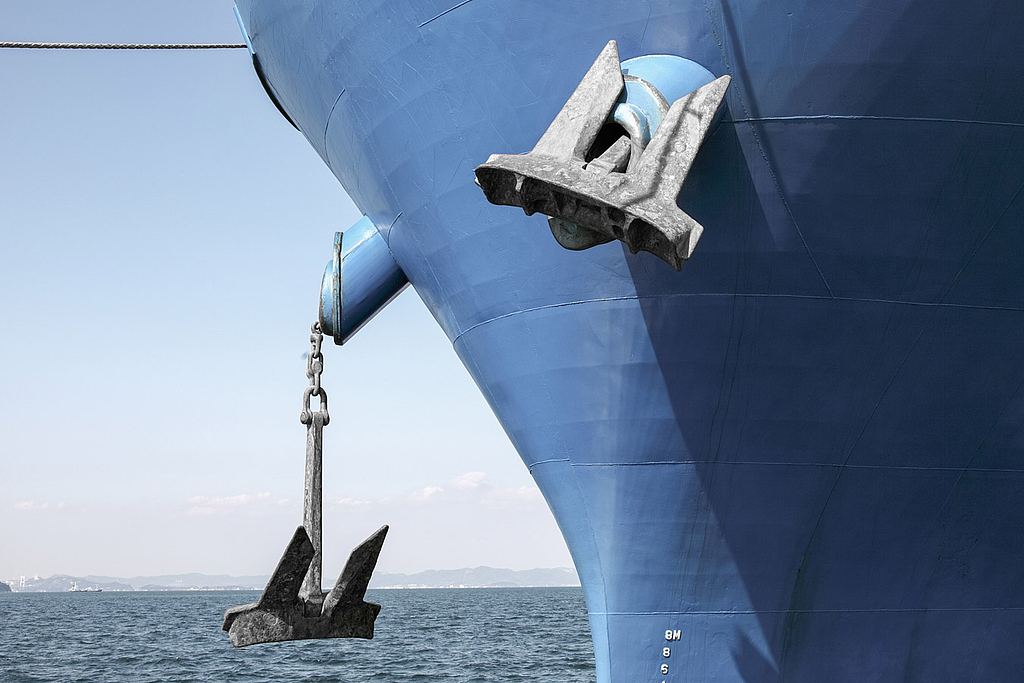Día de los muertos in Mexico
Between two worlds
- Facts
At the end of October, the beginning of November, Mexico shows off its liveliest side. Traditionally, on the Día de los Muertos (the Day of the Dead), they remember their dead. The celebration begins on All Hallows’ Eve and continues through to All Souls’ Day with hundreds of thousands of people participating. We dare to look at this seemingly morbid celebration and the state of logistics in the second largest national economy in Latin America.
